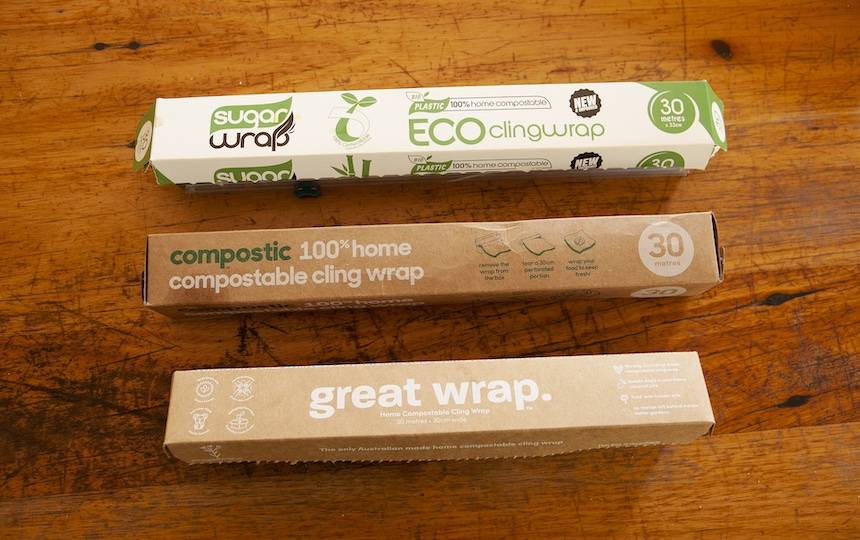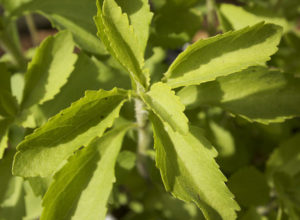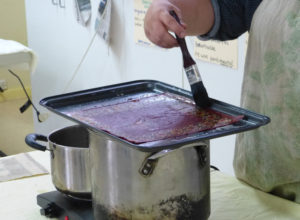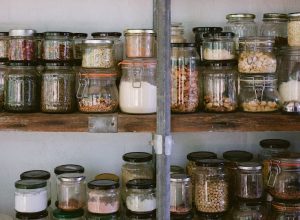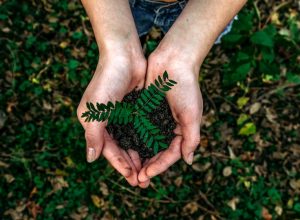Don’t fall victim to clever greenwashing tactics. Find out just how eco-friendly compostable cling wrap really is.
The number of commercially available cling wrap products claiming to be compostable is on the rise.
It means companies are recognising how important it is to stamp out plastics, but it also means they’re reacting to the demands of the buying public which is great news for all.
However, with greenwashing rife across all sorts of consumer-driven industries, we wanted to find out not just how compostable these products are, but also how responsible their production processes are, how earth-conscious their packaging is and, importantly, how effective the actual product is in day-to-day use.
We’ve grabbed three readily available products – Eco Clingwrap by Sugar Wrap, Compostic 100% home compostable cling wrap and Great Wrap’s Home Compostable Cling Wrap to compare.
Certification
When it comes to Australian certification, there are two types; home compostable AS 5810-2010, which means it can be composted in any home composting system, or commercially compostable AS4736, which means it needs to be in a commercial facility that will reach temperatures of 50 ºC for an extended period of time.
All three products claim to have the home-compostable certification, though Sugar Wrap’s claims are unclear. The logo used reflects commercial certification, while the words say it has home-compostable certification.
Production
Australian-owned and made in a solar-powered factory in Victoria, Great Wrap comes out on top for production. It uses food waste to create its products, mixed with biopolymers.
New Zealand-based Compostic states the wrap is made in China and from biopolymers but doesn’t detail the process, while Sugar Wrap uses sugar cane and biopolymers.
Sugar Wrap is also made in China, the sugar cane is grown in Brazil and, while it is a renewable resource unlike petroleum-based products, it still requires resources to grow.
Packaging
Because Compostic does away with a conventional cutting strip by adding perforations every 30cm along the length of the wrap, it has the most environmentally responsible packaging.
Great Wrap is made from recycled cardboard, the packaging is both compostable and recyclable, but only if you remove the metal cutting strip.
Sugar Wrap uses a hard plastic sliding-style cutter, its packaging is made from recycled materials but does not claim to be recyclable. All three use vegetable dyes.
And the winner is…
So which brand is the most environmentally friendly? Pick up Issue #22 to find out or sign up for a digital subscription and access every article of Pip Magazine ever published! Click here to find out more.
Compostable cling wrap alternatives
Would you like to do away with plastic cling wrap altogether? Compostable or otherwise? Why not opt for using beeswax wraps instead, as their benefits go beyond saving plastic wrap from landfill.
Beeswax wraps are naturally antibacterial and breathable which increases the shelf life of food. Which of course, means less food going into landfill.
And if you make your own (which we show you how to do here) then you can preserve fabrics with sentimental value. You can keep a reminder of those favourite clothes long after they have worn out and are no longer wearable.
You can also purchase beeswax wraps from Pip‘s Marketplace – where we showcase ethical companies producing good quality products that don’t harm the planet, but instead aim to improve it.

